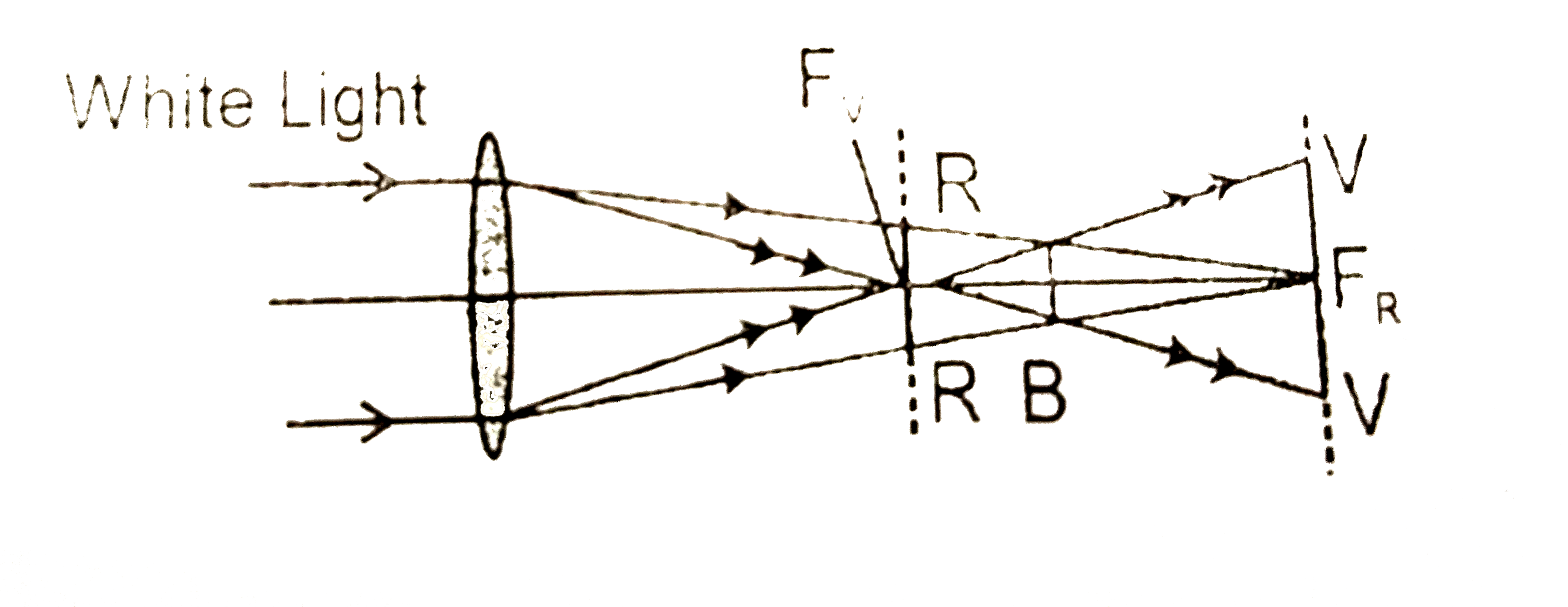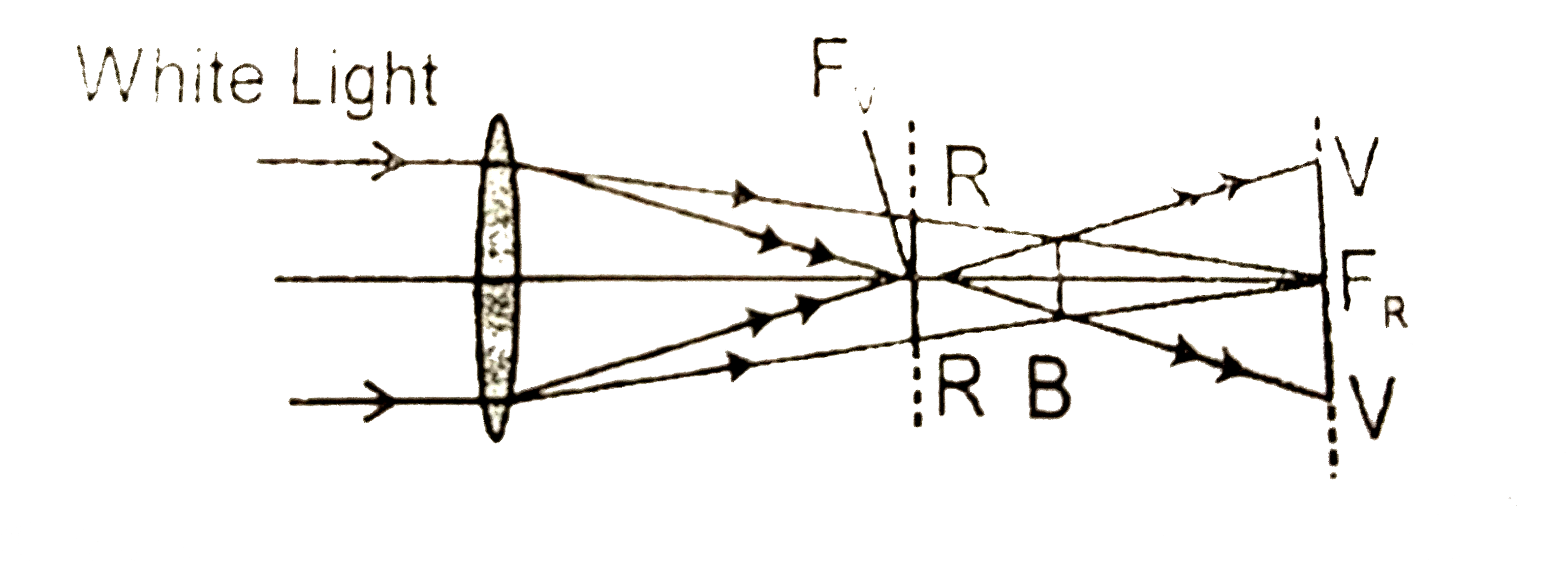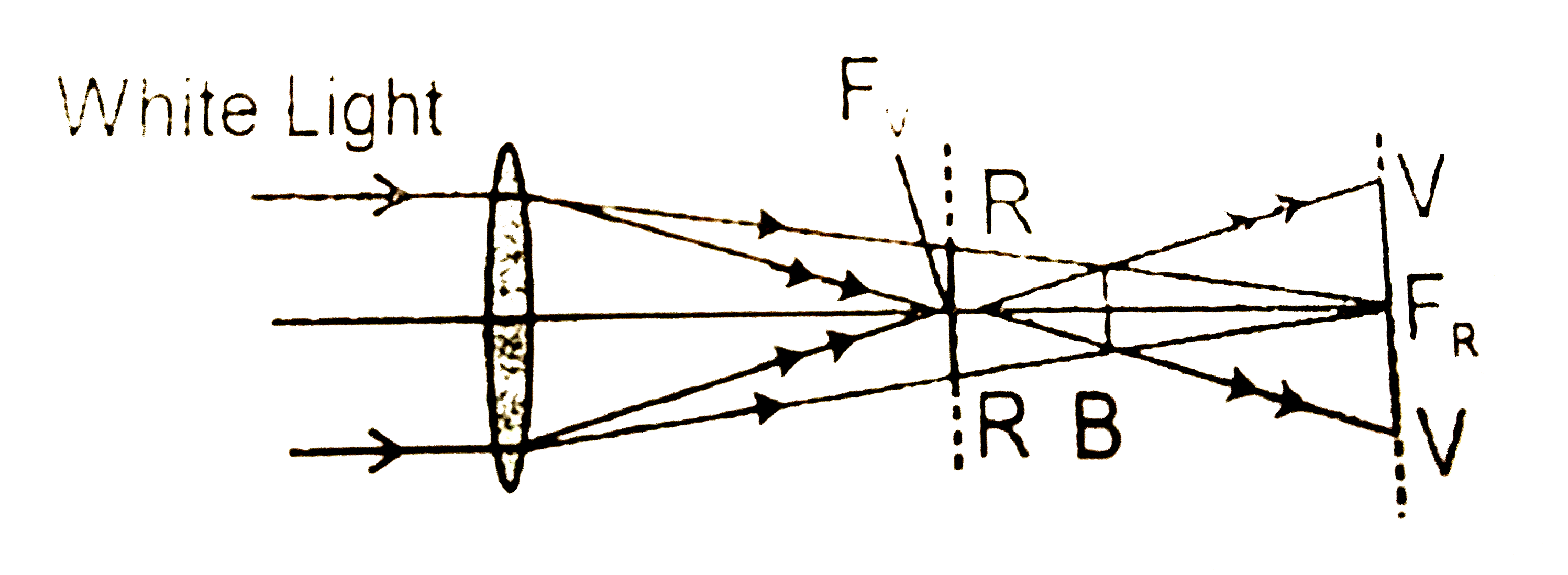Choose the incorrect match:
1) Cretinism- Deaf mustim due to hyposecretion of thyroxine
2)
Goitre- Enlargement of thyroid gland due to hyperscretion of TSH
3)
Diabetes insipidus- Diuresis due to hyposecretion of ADH
4)
Myopia- This defect can be overcome by using convex lens
Cretinism- Deaf mustim due to hyposecretion of thyroine
Goitre- Enlargement of thyroid gland due to hyperscretion of TSH
Diabetes insipidus- Duresis due to hyposecretion
Myopia- This defect can be overcome by using convex lens
To solve the question of identifying the incorrect match among the given options, we will analyze each option step by step.
Step 1: Analyze Option 1
Cretinism - Deaf mutism due to hyposecretion of thyroxine
- Cretinism is indeed caused by the hyposecretion of thyroid hormones, including thyroxine. One of the symptoms of cretinism is deaf mutism.
- Conclusion: This match is correct.
Step 2: Analyze Option 2
Goitre - Enlargement of thyroid gland due to hypersecretion of TSH
- Goitre is characterized by the enlargement of the thyroid gland. It is primarily caused by the deficiency of iodine, which leads to the hypersecretion of TSH (Thyroid Stimulating Hormone) from the pituitary gland.
- Conclusion: This match is correct.
Step 3: Analyze Option 3
Diabetes insipidus - Diuresis due to hyposecretion of ADH
- Diabetes insipidus is a condition that occurs due to the hyposecretion of ADH (Antidiuretic Hormone), leading to excessive urination (diuresis) and increased thirst.
- Conclusion: This match is correct.
Step 4: Analyze Option 4
Myopia - This defect can be overcome by using convex lens
- Myopia, or nearsightedness, is a condition where distant objects appear blurry while near objects can be seen clearly. Myopia is corrected using concave lenses, not convex lenses.
- Conclusion: This match is incorrect.
Final Answer
The incorrect match is Option 4: Myopia - This defect can be overcome by using convex lens.
---
Cretinism - Deaf mutism due to hyposecretion of thyroxine
- Cretinism is indeed caused by the hyposecretion of thyroid hormones, including thyroxine. One of the symptoms of cretinism is deaf mutism.
- Conclusion: This match is correct.
Goitre - Enlargement of thyroid gland due to hypersecretion of TSH
- Goitre is characterized by the enlargement of the thyroid gland. It is primarily caused by the deficiency of iodine, which leads to the hypersecretion of TSH (Thyroid Stimulating Hormone) from the pituitary gland.
- Conclusion: This match is correct.
Diabetes insipidus - Diuresis due to hyposecretion of ADH
- Diabetes insipidus is a condition that occurs due to the hyposecretion of ADH (Antidiuretic Hormone), leading to excessive urination (diuresis) and increased thirst.
- Conclusion: This match is correct.
Myopia - This defect can be overcome by using convex lens
- Myopia, or nearsightedness, is a condition where distant objects appear blurry while near objects can be seen clearly. Myopia is corrected using concave lenses, not convex lenses.
- Conclusion: This match is incorrect.
The incorrect match is Option 4: Myopia - This defect can be overcome by using convex lens.
Topper's Solved these Questions
Similar Questions
Choose the incorrect match:
1) Gigantism — High secretion of GH before puberty
2) Acromegaly — High secretion of GH after puberty
3) Dwarfism — Low level of GH before puberty
4) Exopthalmic goitre — Low secretion of thyroxine after puberty
View SolutionWhich of the following statements are correct ?
1. The hormone responsible fore maintaining the diurnal rhythm of the body is secreted by a gland situated on the dorsal side of the forebrain .
2. Exophthalmic goitre is characterized by protrusion of eyeballs , weight loss , enlargement of the thyroid gland and decreases basal metabolic rate .
3. Addison's disease occurs due to decreased production of hormones from the outer part of the adrenal gland.
4. Hyper secretion of parathormone cause an increase in the deposition of calcium in bones .
View SolutionThe set having incorrect statement is
1. the Hall-Heroult process is used for the production of aluminum and iron
2. pig iron is obtained from cast iron.
3. the blistered appearance of copper during the metallurgical process is due to the evolution of CO2
4. leaching of bauxite using concentrated NaOH solution gives sodium aluminate and sodium silicate
View SolutionHow many of the following statements are correct for green vitriol?
1. it can be used for the preparation of Mohr's salt.
2. It is a hydrated salt and its anhydrous form is white in colour.
3. The decomposition reaction of its anhydrous form is redox in nature.
4. It is used for making fenton's reagent used as a catalyst in organic chemistry.
5. It can be used for the preparation of Potassium ferrocynide.
6. It has same number of molcules of water of crystallization as white vitriol or blue vitriol
7. It turns brownish-yellow on exposure to atmosphere.
8. Its aqueous solution is acidic in natrue due to hydrolysis.
9. Out of the decomposition products of its anhydrous form, only one can turn acidified K2Cr2O7 solution green.
View SolutionDespite the fact that aluminium is a reactive metal, it is a stable in air as well as in water. This is due to the formation of thin layer of oxide on the surface of aluminium metal which makes it passive for further attack. The layer is so useful, that in industry, it is purposely deposited by an electrolytic process called anodising. Reaction of aluminium with oxygen is highly exothermic and is called thermite reaction.
2Al(s)+32O2(g)→Al2O3(s)ΔfHӨ=−1670kJmol−1
This reaction finds application for welding of metal and in the metallurgical extraction of many metals from their oxides.
The limitation is that to start the reaction, high temperature is required for which an ignition mixture is required.
Anodising can be done by elecrolysing dil H2SO4 with Al as anode. This results in :
View SolutionFour point positive charges are held at the vertices of a square in a horizontal plane. Their masses are 1kg,2kg,3kg,&4kg. Another point positive charge of mass 10kg is kept on the axis of the sqaure. The weight of their fifth charge is balanced by the electrostatic force due to those four charges. If the four charge on the vertices are released such that they can freely move in any direction(vertical, horizontal etc.) then the acceleration of the centres of mass of the four charges immediately after the release is (Use g=10m/s2)
View SolutionThe image of a white object in with light formed by a lens is usually colored and blurred. This defect of image is called chromatic aberration and arises due to the fact that focal length of a lens is different for different colours. As R .I. μ of lens is maximum for violet while minimum for red, violet is focused nearest to the lens while red farthest from it as shown in figure.
As a result of this, in case of convergent lens if a screen is placed at Fv center of the image will be violet and focused while sides are red and blurred. While at FR , reverse is the case, i.e ., center will be red and focused while sides violet and blurred. The differece between fv and fR is a measure of the longitudinal chromatic aberration (L.C.A),i.e.,
L.C.A.=fR−fv=−df with df=fv−fR ...........(1)
However, as for a single lens,
1f=(μ−1)[1R1−1R2] .............(2)
⇒−dff2=dμ[1R1−1R2] ...............(3)

Dividing E1n. (3) by (2) :
−dff=dμ(μ−1)=ω,[ω=dμ(μ−1)]dispersive power,.........(4)
And hence, from Eqns. (1) and (4) ,
L.C.A.=−df=ωf
Now, as for a single lens neither f nor ω zero, we cannot have a single lens free from chromatic aberration.
Condition of Achromatism :
In case of two thin lenses in contact
1F=1F1+1F2i.c,.−dFF2=df1f21−df2f22
The combination will be free from chromatic aberration if dF=0
i.e.,df1f21+df2f22=0 which with the help of Eqn. (4) reduces to
ω1f1f21+ω2f2f22=0,i.e.,ω1f1+ω2f2=0........(5)
This condition is called condition of achromatism (for two thin lenses in contact ) and the lens combination which satisfies this condition is called achromatic lems, from this condition, i.e., form Eqn. (5) it is clear the in case of achromatic doublet :
Since, if ω1=ω2,1f1+1f2=0i.e.,1F=0 or F=∞
i.e., combination will not behave as a lens, but as a plane glass plate.
(2) As ω1 and ω2 are positive quantities, for equation (5) to hold, f1 and f2 must be of opposite nature, i.e., if one of the lenses is converging the other must be diverging.
(3) If the achromatic combination is convergent,
fC<fD and as fCfd=ωCωD,ωC<ωd
i.e., in a convergent achromatic doublet, convex lens has lesses focal legth and dispersive power than the divergent one.
Chromatic aberration of a lens can be corrected by :
View SolutionThe image of a white object in with light formed by a lens is usually colored and blurred. This defect of image is called chromatic aberration and arises due to the fact that focal length of a lens is different for different colours. As R .I. μ of lens is maximum for violet while minimum for red, violet is focused nearest to the lens while red farthest from it as shown in figure.
As a result of this, in case of convergent lens if a screen is placed at Fv center of the image will be violet and focused while sides are red and blurred. While at FR , reverse is the case, i.e ., center will be red and focused while sides violet and blurred. The differece between fv and fR is a measure of the longitudinal chromatic aberration (L.C.A),i.e.,
L.C.A.=fR−fv=−df with df=fv−fR ...........(1)
However, as for a single lens,
1f=(μ−1)[1R1−1R2] .............(2)
⇒−dff2=dμ[1R1−1R2] ...............(3)

Dividing E1n. (3) by (2) :
−dff=dμ(μ−1)=ω,[ω=dμ(μ−1)]dispersive power,.........(4)
And hence, from Eqns. (1) and (4) ,
L.C.A.=−df=ωf
Now, as for a single lens neither f nor ω zero, we cannot have a single lens free from chromatic aberration.
Condition of Achromatism :
In case of two thin lenses in contact
1F=1F1+1F2i.c,.−dFF2=df1f21−df2f22
The combination will be free from chromatic aberration if dF=0
i.e.,df1f21+df2f22=0 which with the help of Eqn. (4) reduces to
ω1f1f21+ω2f2f22=0,i.e.,ω1f1+ω2f2=0........(5)
This condition is called condition of achromatism (for two thin lenses in contact ) and the lens combination which satisfies this condition is called achromatic lems, from this condition, i.e., form Eqn. (5) it is clear the in case of achromatic doublet :
Since, if ω1=ω2,1f1+1f2=0i.e.,1F=0 or F=∞
i.e., combination will not behave as a lens, but as a plane glass plate.
(2) As ω1 and ω2 are positive quantities, for equation (5) to hold, f1 and f2 must be of opposite nature, i.e., if one of the lenses is converging the other must be diverging.
(3) If the achromatic combination is convergent,
fC<fD and as fCfd=ωCωD,ωC<ωd
i.e., in a convergent achromatic doublet, convex lens has lesses focal legth and dispersive power than the divergent one.
The dispersive power of crown and fint glasses are 0.02 and 0.04 respectively. An achromtic converging lens of focal length 40cm is made by keeping two lenses, one of crown glass and the other of flint glass, in contact with each other. The focal lengths of the two lenses are :
View SolutionThe image of a white object in with light formed by a lens is usually colored and blurred. This defect of image is called chromatic aberration and arises due to the fact that focal length of a lens is different for different colours. As R .I. μ of lens is maximum for violet while minimum for red, violet is focused nearest to the lens while red farthest from it as shown in figure.
As a result of this, in case of convergent lens if a screen is placed at Fv center of the image will be violet and focused while sides are red and blurred. While at FR , reverse is the case, i.e ., center will be red and focused while sides violet and blurred. The differece between fv and fR is a measure of the longitudinal chromatic aberration (L.C.A),i.e.,
L.C.A.=fR−fv=−df with df=fv−fR ...........(1)
However, as for a single lens,
1f=(μ−1)[1R1−1R2] .............(2)
⇒−dff2=dμ[1R1−1R2] ...............(3)

Dividing E1n. (3) by (2) :
−dff=dμ(μ−1)=ω,[ω=dμ(μ−1)]dispersive power,.........(4)
And hence, from Eqns. (1) and (4) ,
L.C.A.=−df=ωf
Now, as for a single lens neither f nor ω zero, we cannot have a single lens free from chromatic aberration.
Condition of Achromatism :
In case of two thin lenses in contact
1F=1F1+1F2i.c,.−dFF2=df1f21−df2f22
The combination will be free from chromatic aberration if dF=0
i.e.,df1f21+df2f22=0 which with the help of Eqn. (4) reduces to
ω1f1f21+ω2f2f22=0,i.e.,ω1f1+ω2f2=0........(5)
This condition is called condition of achromatism (for two thin lenses in contact ) and the lens combination which satisfies this condition is called achromatic lems, from this condition, i.e., form Eqn. (5) it is clear the in case of achromatic doublet :
Since, if ω1=ω2,1f1+1f2=0i.e.,1F=0 or F=∞
i.e., combination will not behave as a lens, but as a plane glass plate.
(2) As ω1 and ω2 are positive quantities, for equation (5) to hold, f1 and f2 must be of opposite nature, i.e., if one of the lenses is converging the other must be diverging.
(3) If the achromatic combination is convergent,
fC<fD and as fCfd=ωCωD,ωC<ωd
i.e., in a convergent achromatic doublet, convex lens has lesses focal legth and dispersive power than the divergent one.
Chromatic aberration in the formation of image by a lens arises because :
View SolutionThe image of a white object in with light formed by a lens is usually colored and blurred. This defect of image is called chromatic aberration and arises due to the fact that focal length of a lens is different for different colours. As R .I. μ of lens is maximum for violet while minimum for red, violet is focused nearest to the lens while red farthest from it as shown in figure.
As a result of this, in case of convergent lens if a screen is placed at Fv center of the image will be violet and focused while sides are red and blurred. While at FR , reverse is the case, i.e ., center will be red and focused while sides violet and blurred. The differece between fv and fR is a measure of the longitudinal chromatic aberration (L.C.A),i.e.,
L.C.A.=fR−fv=−df with df=fv−fR ...........(1)
However, as for a single lens,
1f=(μ−1)[1R1−1R2] .............(2)
⇒−dff2=dμ[1R1−1R2] ...............(3)

Dividing E1n. (3) by (2) :
−dff=dμ(μ−1)=ω,[ω=dμ(μ−1)]dispersive power,.........(4)
And hence, from Eqns. (1) and (4) ,
L.C.A.=−df=ωf
Now, as for a single lens neither f nor ω zero, we cannot have a single lens free from chromatic aberration.
Condition of Achromatism :
In case of two thin lenses in contact
1F=1F1+1F2i.c,.−dFF2=df1f21−df2f22
The combination will be free from chromatic aberration if dF=0
i.e.,df1f21+df2f22=0 which with the help of Eqn. (4) reduces to
ω1f1f21+ω2f2f22=0,i.e.,ω1f1+ω2f2=0........(5)
This condition is called condition of achromatism (for two thin lenses in contact ) and the lens combination which satisfies this condition is called achromatic lems, from this condition, i.e., form Eqn. (5) it is clear the in case of achromatic doublet :
Since, if ω1=ω2,1f1+1f2=0i.e.,1F=0 or F=∞
i.e., combination will not behave as a lens, but as a plane glass plate.
(2) As ω1 and ω2 are positive quantities, for equation (5) to hold, f1 and f2 must be of opposite nature, i.e., if one of the lenses is converging the other must be diverging.
(3) If the achromatic combination is convergent,
fC<fD and as fCfd=ωCωD,ωC<ωd
i.e., in a convergent achromatic doublet, convex lens has lesses focal legth and dispersive power than the divergent one.
A combination is made of two lenses of focal lengths f and f' in contact , the dispersive powers of the materials of the lenses are ω and ω' . The combination is achromatic when :
View Solution
